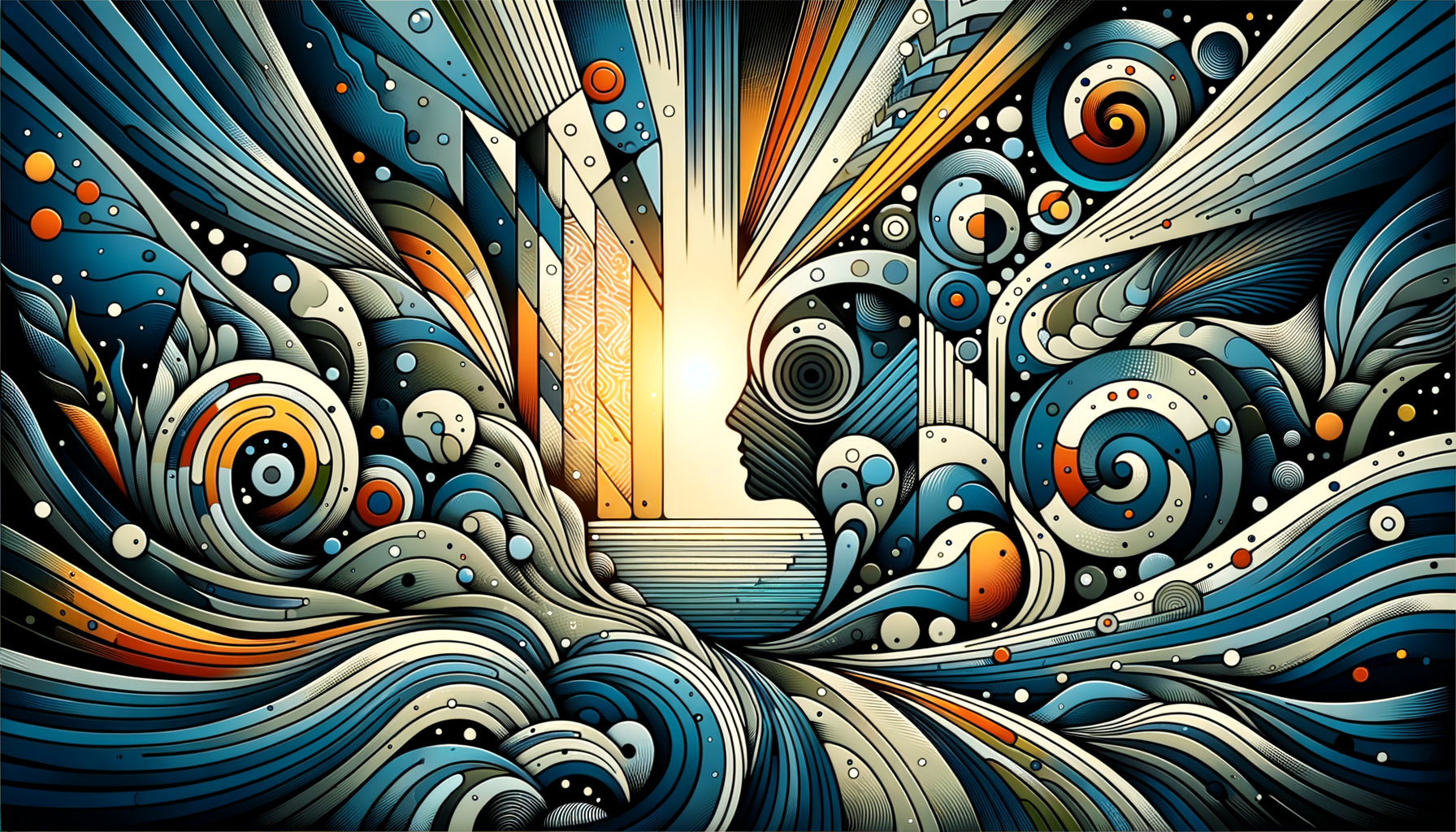If you’ve ever stood at the edge of a tidepool and squatted to see what scurried under the surface, you know the particular delight of exploration. You probably also know the patience required to avoid stepping on something important—and the humility of realizing you never quite know what’s lurking until you really look. Funny enough, that’s exactly how my journey led me here: writing about relationships, connection, and all the messy, wonderful in-betweens.
I didn’t always think I’d find myself tying nature’s rhythms to the pulse of human interaction, but looking back, it makes perfect sense. Relationships, much like rocky shorelines, are places where chaos and stillness collide. So here’s a little story about why I chose this path—and why I believe it’s not so different from the trails up Cadillac Mountain or a moody Atlantic sunset.
The First Crush: Falling for Connection
Some paths start with a spark, and mine was no exception. My parents’ love story was a simple one (but aren’t all the best stories ultimately simple?). My father, steady and stubborn as the lighthouses he monitored, fell for my mother’s warmth the way fog hugs the coastline—slow, inevitable, enveloping. They found joy in the smallest rituals: brewing coffee together in the kitchen before the bed-and-breakfast guests arrived or walking hand-in-hand during afternoon low tides.
Growing up, I saw this slow, deliberate kind of love and thought, "That’s it—that’s what I want." Not flash or grandeur, but familiarity. Trust. The unspoken language of two people who know their foundation is as solid as Maine granite. Little did I know that translating this into my own life would be less of a clear trail and more of a scramble over uneven rocks.
A Trail of Lessons: Learning to Pause and Observe
Living near Acadia National Park taught me one universal truth: Don’t rush. When you rush a hike, you miss the wild blueberries growing on the trail’s edge. You don’t see the way sunlight filters through the pines, turning needles to gold. And, most regrettably, you trip.
Dating, I learned, has a similar rhythm. In my early twenties, fresh out of college and insistent I "needed" to lock down my future, I hiked my romantic life at a speed that left my emotional shoelaces untied. I smoothed over red flags like hikers who ignore weather warnings—until I found myself tangled in storms I should’ve seen coming. The lesson? Slow down. There’s incredible beauty in pausing long enough to observe what’s actually there, not what you hope to find.
Get to know the person sitting across from you—not their curated Instagram highlight reel, but the messy little details: how they handle waiting in an hour-long Sunday brunch line or how they speak to baristas when their coffee order’s wrong. These are the tidepools of dating, the overlooked places where the real stuff swims just beneath the surface. You don’t have to kneel by every glimmer, but don’t dismiss the murky spots either. That’s often where the treasure hides.
The Campfire Theory of Relationships
Now, here’s a little theory I’ve been perfecting over years of hiking and guiding: Every good relationship feels like sitting by a campfire. Think about it—there’s warmth, a glow that feels inviting but not overpowering, and things grow best when there’s balance. Too little attention? Flames fizzle out. Too intense? You risk a raging inferno.
A few years back, I dated someone whose fire burned fast and bright—a human sparkler, equal parts exciting and exhausting. We planned elaborate dates (think stargazing picnics on Sand Beach), and for a while, I was certain I’d found my forever flame. But like any good ranger will tell you, flash fires don’t last; they burn all their kindling and leave behind too much ash to sustain growth.
What I learned from that relationship wasn’t disappointment but the importance of tending slower-burning fires. It's not always glamorous, but the relationships that feel sturdy—built respectfully and with patience—are the ones that manage to fight off sudden storms without toppling over.
The Atlantic’s Secret: Embracing Change
If there’s one thing the ocean taught me growing up, it’s that nothing stays the same for long. High tide comes, and you lose your favorite beach spot. Low tide arrives, and suddenly, pools of possibility open up. The Atlantic is consistent in its inconsistency, and if that doesn’t sound like dating, I don’t know what does.
Romance (at least the kind worth keeping) grows when you lean into the ebb and flow. Sometimes you catch yourself staring out at the horizon, longing for something more, only to realize that what matters most is the sandcastle right in front of you. Other times, you need to let relationships go—trusting that the tide will bring something better, even when it’s impossible to see what's next.
Let Nature Be Your Guide: Tips for Navigating Relationships
So, what does all this mean for your love life? I can’t promise pelicans will fly overhead signaling who you should date (though how great would that be?). Still, here are some simple ways to channel nature’s lessons into your relationships:
- Hike (emotionally) at a sustainable pace. There’s no rush to reach love’s summit; sometimes the best views are mid-trail moments.
- Pack your emotional gear. Communication, kindness, and curiosity belong in your relationship "backpack." You won’t get far without them.
- Trust the weather, but carry a raincoat. Not every cloud means disaster, but being prepared for small storms can save you from soaking completely.
- Know when to camp for the night. Sometimes, relationships are about rest—not constant progress. Take the time to just enjoy each other’s company without worrying about the miles ahead.
Why I Keep Choosing This Path
People might wonder why I’ve dedicated so much of my life to reflecting on relationships when it's easier (and sometimes less vulnerable) to stick with nature metaphors alone. The truth is this: I believe people, like ecosystems, need care. We need observation, a sense of balance, and the bravery to explore. Writing about relationships gives me the chance to remind people that even though the trail isn’t always marked, it’s always worth hiking.
At its core, writing about relationships lets me do what I love most: help others find their personal map and navigate their path, tracing their own contours of connection. So whether you’re in the wide-open spaces of new love or somewhere deep in an emotional ravine, don’t forget—your journey matters. And who knows? With the right perspective, even the tangled thickets might just give you a view worth remembering.




















